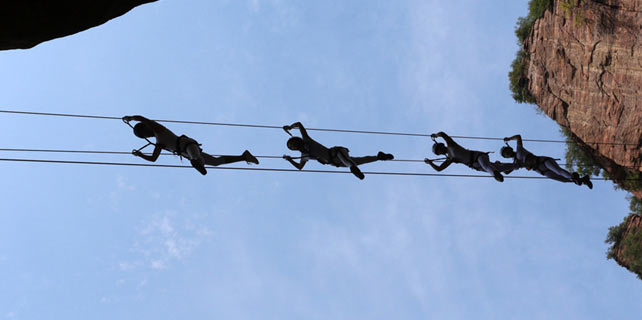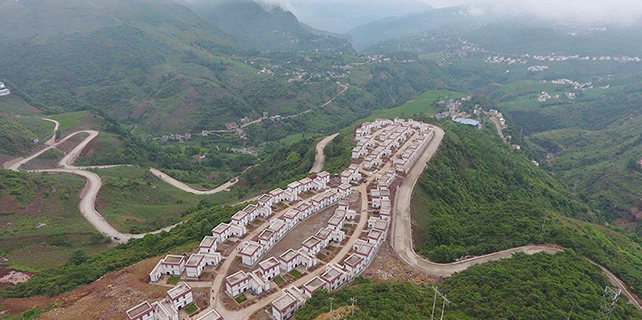Chinese archaeologists unearth secrets of world history
On a sunny, humid morning at an open area of tropical forest in Honduras, a group of 16 locals and two Chinese men are on an archaeological dig. Suddenly a snake slithers in the debris. Frightened and yelling, the locals use spades, sticks and anything to hand to scare the snake away.
To Li Xinwei, an archeologist from Beijing, the red-skinned snake was similar to a Lycodon rufozonatus he had seen in fields at home. But from the speech and gestures of the head worker, who was wielding a machete, he realized the snake was extremely poisonous. A bite on the arm might require cutting off the limb to save the victim's life.
That was in November 2015. Li and his colleague were on an excavation resulting from an agreement signed with the Honduras government more than a year before. The five-year scheme was a cooperative project between the Institute of Archaeology of Chinese Academy of Social Sciences (IACASS) and Honduras Institute of Anthropology and History. The Anthropology Department of Harvard University also had a part.
Under the project, Chinese archaeologists were expected to excavate and reconstruct Group 8N-11, a sub-royal elite residential compound, in Copan, Honduras.
Not long after, they unearthed carvings of serpent-headed supernatural birds with outstretched shell-shaped wings and maize-like god heads. This reflected the theme of death and rebirth of the maize god, a common belief among the ancient Mayan people.
At the Society for American Archeology annual meeting this year in Vancouver, Canada, Li Xinwei, director of the IACASS Honduras team, shared the findings. His presentation won warm applause from the international audience.
The serpent-headed bird resembled a common Chinese dragon-head icon, which reminded Li of the late Chinese archeologist Kwang-chih Chang, who believed that American and Chinese civilizations probably shared pan-Pacific cultural genes and were different developments from the same ancestor.
"We cannot understand the special characteristics of our own civilization without understanding the characteristics of other civilizations," Li said.
Copan is the first of the Chinese archaeologists'major foreign explorations. The Temple of Montu in Luxor, Egypt, and the Harappan site of Rakhigarhi in Haryana, India, are prospective destinations. In recent years, China has sent archaeological teams to central, west and southeast Asia, and to Kenya in Africa.
In March, the CASS Research Centre of World Archaeology was inaugurated under director Wang Wei.
A category of new archaeological awards was set up in 2016 to recognize Chinese archaeologists' remarkable achievements in foreign excavations. Last year, the top award went to the Mingtepa project, a joint operation between IACASS and counterparts in central Asia's Uzbekistan.









